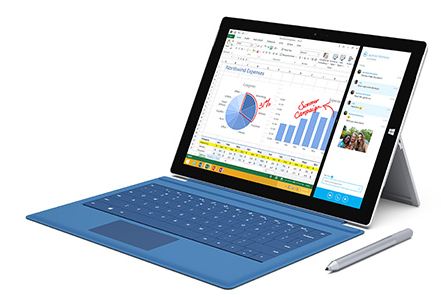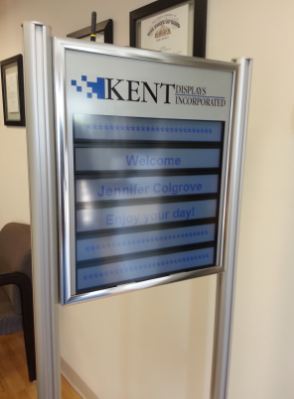May 29, 2014
Today Qeexo announced it raised $2.3 million series A funding, led by Sierra Ventures.
Last week I had a chance to meet Qeexo’s CEO Mr. Sang Won Lee, and their head of business development, Mr. Jason Liang and got to know this start-up company. Qeexo is pronounced as “Kick, So”. It was founded in September 2012.
Mr. Lee demonstrated their software, named “FingerSense” to me on a Samsung smartphone. See figure here. With this software add on a typical smart phone, the touch screen could tell if it’s a finger touch, or knuckle touch, or a stylus touch.
Figure. Qeexo demo on a smart phone
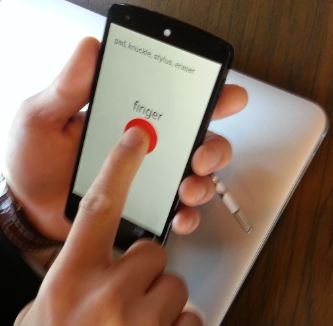
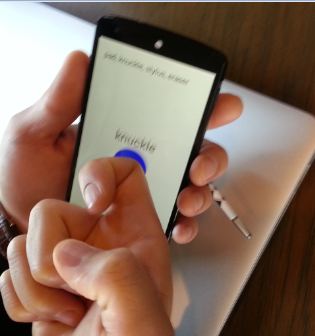
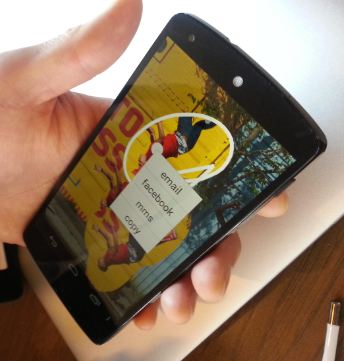
Source: Qeexo. Photo by Jennifer Colegrove
Qeexo indicated the FingerSense is software only, and can be deployed on today’s mobile devices without adding any hardware. Mr. Lee indicated the touch industry has come from single touch to multi-touch, the next wave will be “rich touch”.
Qeexo is currently in discussions with a number of mobile device manufacturers to embed FingerSense into their devices or license the software.
More analysis will be in our “Touch and Emerging Display” report. You can subscribe to the report right now on this website.
Thanks for reading,
Jennifer and team

